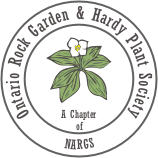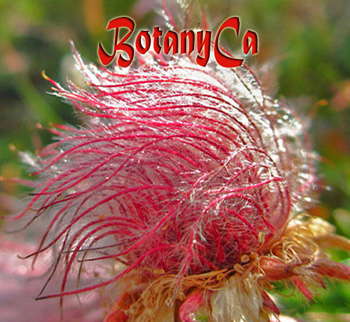Dogwoods and arrowwoods
In many regions we can now admire the colourful fruits of various dogwood (Cornus) and arrowwood (Viburnum) species. Many of them are appreciated as garden plants for their flowers and fruits with wildlife value plus the fall foliage coloration.
In order to germinate in the first spring after sowing, the seeds (fruits) of most such species require first a slightly warm/moist stratification cycle before the cold/moist stratification (winter). There may be exceptions but it is always better to be on the safe side.
Read here about it: Friday Seeds & germination requirements for Viburnum species

Viburnum rafinesquianum, Downy arrowwood
Cornus rugosa fruits have just been collected and cleaned, and the same goes for Viburnum rafinesquianum. Last time we provided seeds of Downy arrowwood was in 2017, so it’s been a while…
Viburnum rafinesquianum, Downy arrowwood, is less known (and cultivated) compared to Viburnum dentatum (Arrowwood), although its smaller size and similar characters make it a very good candidate for our gardens.
It grows well in dry conditions and loamy/clay/rocky substrates, another quality. The leaves are very similar to those of other arrowwoods, pubescent on the undersides. The fall coloration depends on how much sun it receives.
Showy flat-topped clusters of white flowers appear in late spring and are followed by attractive blue-black fruits (conspicuous flattened drupes), which are consumed by birds.
*The maple-leaf Viburnum (Viburnum acerifolium) fruits are not yet mature, but they will be collected asap.
Along with the dogwoods and Viburnums, do not forget that early fall is the best time to sow all species from the ‘moist packed’ category and others like Coptis trifolia, Daphne, Actaea, Aralia, Ilex, Hydrophyllum and most Paeonia species! To the SEEDS List!













